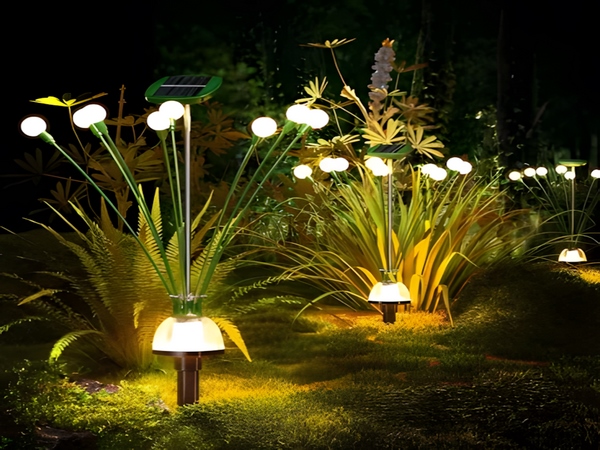
As the Earth’s resources continue to deplete and the investment costs for basic energy rise, various safety and pollution risks become increasingly apparent. Solar energy, which is a safe and environmentally friendly renewable resource that is abundant and inexhaustible, is gaining more attention. With the development and advancement of solar photovoltaic technology, solar power generation has made remarkable progress in the field of street lighting. However, with the arrival of the cold winter, many consumers may have concerns about whether using solar street lights will be affected in winter. In response to this question, the Century Sunshine Lighting editor will introduce some points.
First, the answer is that solar street lights typically do not face any issues in winter. However, there can be impacts during snowy days, especially in regions like Northeast China, where heavy snowfall is common in winter. If the solar panels become covered with thick layers of snow, it will obstruct their ability to receive sunlight, leading to insufficient energy conversion for the street lights. Therefore, to ensure that solar street lights function properly in winter, it is advisable to manually or mechanically clear any accumulated snow on the panels.
1. Solar panels that are not cleaned for extended periods will accumulate excessive dust, which negatively affects power generation. In some areas, frequent snowfall can cover the solar panels with snow, leading to insufficient power generation.
2. If the batteries are buried too shallow in winter, the cold weather can cause them to freeze, leading to insufficient discharging. In cold regions, batteries should be buried at least 1 meter deep with 20 centimeters of sand at the bottom to facilitate drainage and extend the battery’s lifespan.

3. Solar street lights have a certain lifespan, and batteries have a limited number of charge and discharge cycles. The power capacity will gradually decrease with increased usage. Therefore, it is normal for solar street lights to have reduced illumination time after exceeding three years of use.

4. Preventing ice formation: When selecting solar panels, it is important to choose products with good craftsmanship, fewer seams, and fewer solder points. The design of the solar panels should be simple and smooth, and they should be waterproof to prevent ice formation. In cold areas, ice can easily form on the lights during rainy or snowy weather. Since solar street lights rely on solar panels to collect solar energy for power generation, if the panels are iced over, it will hinder their normal operation.
The information shared above addresses whether using solar street lights in winter is affected. Therefore, when installing solar street lights, consideration should be given to the different climate conditions in various regions, and caution should be exercised in areas that experience year-round snowfall.



